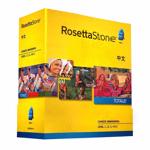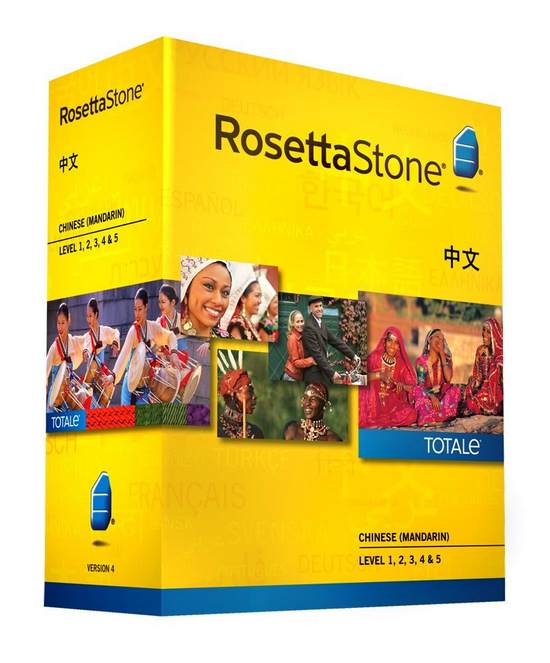 Learning languages can be fun – that is especially true if you are learning it for fun and not because you have to and Rosetta Stone is definitely one of the best tools for learning one
Learning languages can be fun – that is especially true if you are learning it for fun and not because you have to and Rosetta Stone is definitely one of the best tools for learning one
When people think of home-based language learning, the software giant Rosetta Stone often comes to mind, but just how easy is it to learn a language using the software? Individual users vary, but a few key factors, including computer literacy, comfort with flexibility and cost, can all positively and negatively affect a user’s learning success.
Comfort with the Computer

One unique aspect of Rosetta Stone is the interactivity of the software. Not only does it use speech recognition tools to assess student process, but it also features interactive visuals, live discussions with native speakers, and access to an online community. If a person is computer literate and comfortable with basic internet navigation, these features will surely enhance learning. For those less comfortable with basic computer functions, this format has the potential to create frustration and hinder learning.
Self-Discipline Required
As a home-based program, one of the greatest advantages of Rosetta Stone comes in the flexible scheduling. Users do not have to rush off from work to make it to a language class. They can access the software when it suits them, where they like. A challenge of this flexibility is that there is a lack of outside enforcement. Students must be self-disciplined to complete the 40-50 hours of content in each level. With no grade or teacher’s disapproval being held over your head, it becomes very easy to let the discs gather dust on the shelf.
Non-Flexible Content
Rosetta Stone, having been in the business since 1992, has a fairly structured curriculum in place for each language. Though their research suggests that this is an ideal way for new learners to acquire a new language, it does not leave much flexibility in terms of the user’s language needs. In other words, Rosetta Stone makes it fairly easy to learn the parts of a language they deem important, but this may not include the particular parts of language most important to or needed by the user.
Scheduling Live Chats
The latest version of Rosetta Stone incorporates live web discussions with a native speaker. This adds the element of interactivity, a key element in language acquisition. One of the challenges of this format, however, is scheduling. While Rosetta Stone has often lifted up “flexibility” and “learn at your own pace” as some of its most valuable features, the live video chats can introduce complications, particularly when dealing with multiple schedules and time zones.
Cost Issues: Prices Range From $170 To $499
A major factor with the Rosetta Stone software is cost. The cheapest way to go through a language such as Spanish is to purchase all five levels as a bundle, but at a cost of US $499, many people will find themselves unable to afford this.
As the packages get smaller, the price-per-unit goes up:
- A Spanish bundle of Levels 1, 2, and 3 costs US $399, and Level 1 on its own is the least economical at US $179.
Cost affects learning because if students find themselves financially unable to invest in later levels, their learning will cease at the most basic, introductory level.
Some languages can cost you up to $499 for Level 1 -5 – for example if you intend to learn Chinese
A desire to learn a language is the first step in an educational pursuit, but learning from interactive software has its pros and cons. Before making the financial investment in Rosetta Stone, users should assess their own needs, budget and dispositions, as these will surely affect their learning success.

